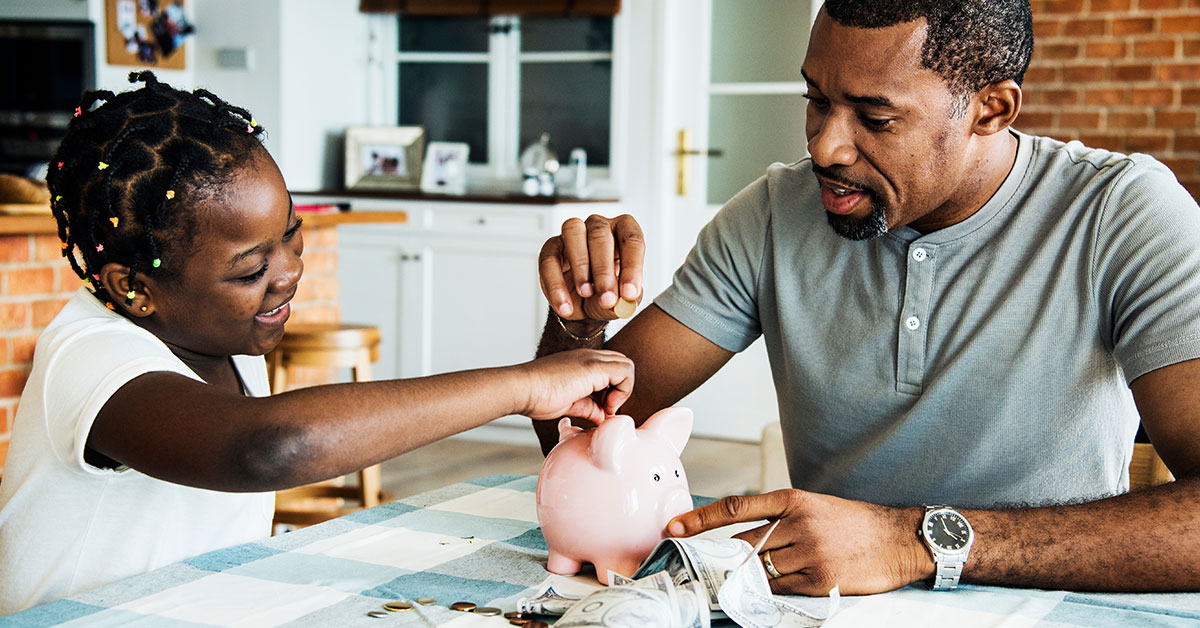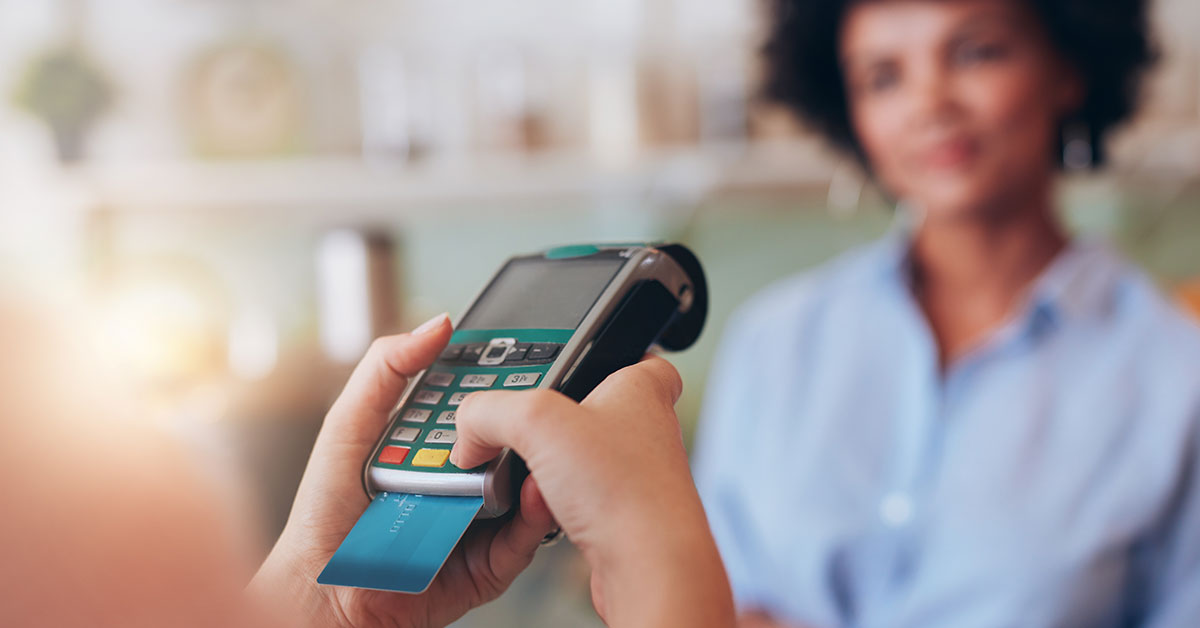
How to Get Rid of Credit Card Debt
If you’re facing the burden of credit card debt, you’re not alone. Studies show that more than two thirds of people in the US have credit card debt, with the average amount equaling more than $6,000. The reasons for this debt can vary from overspending, poor money management skills, and emergency situations. But, no matter the cause, to eliminate credit card debt, you have to take a proactive, hands-on approach. Looking for help with credit card debt? Here are some steps you can start taking now to get rid of your credit card debt.
Limit the Amount of Credit Cards You Have
Having a line of credit open increases your credit score if you keep the balance low and make your payments on time. And the longer you have that account in good standing, the more positive impact it will have on your score. So, it’s recommended that most people have at least one credit card.
But beyond that, it’s a matter of personal preference and necessity. When it comes to how many credit cards you should have, there’s only one tried and true rule to follow: only have as many credit cards as you need. Some people like having multiple credit cards so they can take advantage of different reward programs.
But for some, having multiple credit cards can increase the temptation to spend more than they make, and they find it difficult to manage multiple accounts. If you find yourself in that position, then it’s a good idea to set a limit for yourself of one or two cards. Also, carrying balances on more than two cards can hurt your credit score over time.
Create an Emergency Savings Fund

No one wants emergencies to happen, but they can happen to anyone at any time. This is why it’s important to plan and prepare in advance. What does this have to do with credit card debt? Well, without an emergency savings fund, when something goes wrong, you’re likely to pay for those expenses using a credit card.
And if you put emergency expenses on a credit card because you don’t have the funds to pay them immediately, you might not be able to make your future payments on time. This could mean racking up interest and fees, which could ultimately put you in more debt.
This is an unfortunate cycle that many people find themselves in during an emergency. That’s why it’s a good idea to sit down and figure out exactly how much money you can put into an emergency fund each time you get paid. With this plan, you’ll be comforted as you watch your fund grow, and when an emergency happens, you’ll be less likely to get into even more debt. Studies show that as little as $300-500 in a savings account can be enough to save families from financial hardship, and it is a great place to get started with your emergency savings.
Make a Plan for Help Tackle Your Credit Card Debt
Debt can be really overwhelming when you look at it all at once. But breaking down your debt into manageable chunks and planning how to pay it back makes it easier to tackle. And there’s nothing like the satisfaction and pride that comes with seeing your debt go down.
There are a lot of different options for tackling your debt. But before you take any steps, you need to look at all your income and expenses. If you don’t already have a budget and a way to track your spending, this will need to be your first step. Once you do that, you’ll find areas where you can perhaps save money and spend less.
Once you have extra money, you can use that to start paying off your debt. Outside of consolidation loans and balance transfers, you can take two approaches to tackling debt. The first is called the Snowball Method in which you pay off your lowest balances first. The second method is called the Avalanche Method in which you pay off your highest interest balances first. Though the Avalanche Method will save you the most money in the end, it also usually means coming up with more money at the start. In this way, the Snowball Method is the most practical approach.
Spend Less So You Can Save More

We mentioned this briefly in the last section, but let’s look at some specific ways you can spend less money. Remember, it’s important to track your spending and income to get the most accurate representation of where your money is going and where you can make adjustments:
- Cut Monthly Bill Costs - Paying a high monthly cost for your phone, utilities and other necessary bills can add up. Look for promotional rates or negotiate with your providers to reduce your monthly bills.
- Pay Less Interest Overall - A high interest rate translates to more money spent as you pay off high ticket items. Switch to a lower rate card and avoid financing anything that will take a long time to pay off.
- Cut Unnecessary Payments - Check your bank statement. You might find reoccurring charges for things you don’t use, like subscriptions or membership fees. Cancel them and double-check your next statement to confirm.
- Too Many Bills - Paying your bills late can hurt your credit, especially if you make a habit of paying after the due date. Set up automatic deductions to pay your bills on time and keep your accounts in good standing.
- Adjust Your Spending Habits - Impulse purchases give you a good feeling when you make them, but paying them off month after month is not as fun. Plan for these purchases and pay for them in cash instead of financing.
These steps might be simple, but implementing them in your everyday life can be difficult. To get help with credit card debt and set a plan for your financial future, contact Community First Credit Union today or stop into your local branch.









